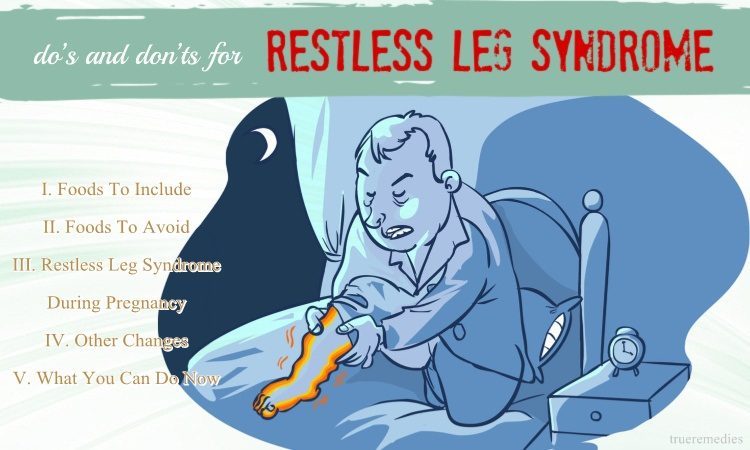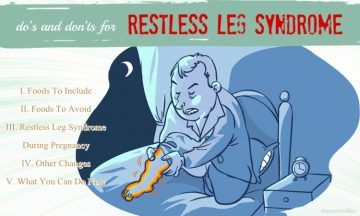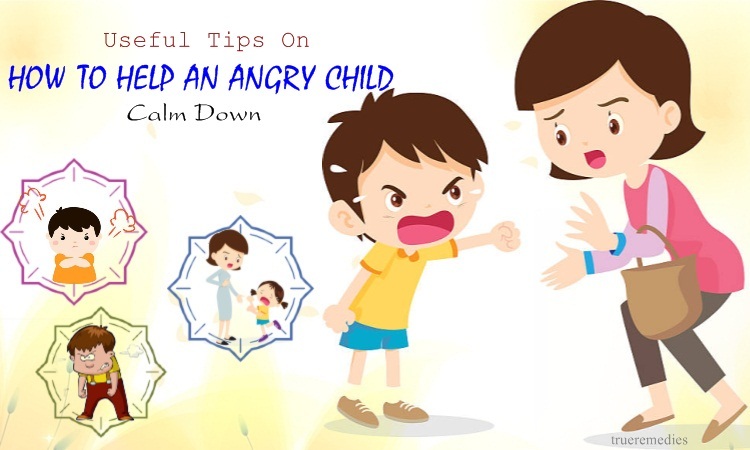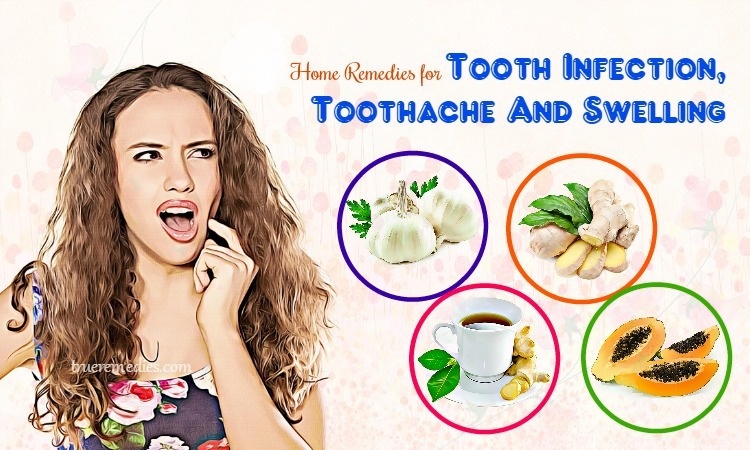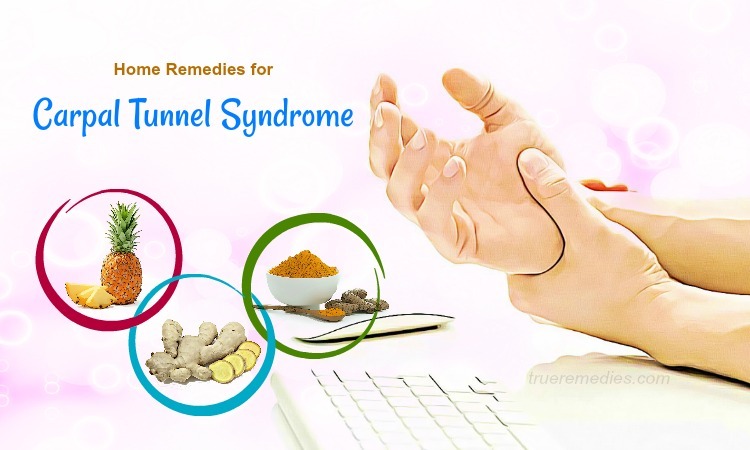Table of Contents
When you lie or sit down, do you feel an unpleasant sensation in the legs? Does it also cause an uncontrollable and inexplicable urge to move the legs? You may have restless legs syndrome (RLS). Restless legs syndrome affects around 3% to 15% of the population in Western countries[1]. It also called Willis-Ekbom disease is a condition and can happen in people of all ages. It can disrupt your regular activities because it usually strikes at night, especially when you are trying to sleep[2]. This condition may be caused by a sufficient of specific nutrients in your diet. Following a proper diet can help manage the symptoms. Let’s check out the diet do’s and don’ts for restless leg syndrome on our TrueRemedies site.
Top 6 Diet Do’s And Don’ts For Restless Leg Syndrome You Should Know
I. Foods To Include In Your Diet If You Have RLS
Foods to add
- Beans
- Spinach and other dark leafy greens
- Fortified cereals
Magnesium, iron, and folate are believed to have a positive effect on RLS symptoms.
1. Add magnesium and folate to your diet: A lack of folate or magnesium may cause RLS. Both nutrients are important for nerve impulse conduction and proper muscle contraction. According to a 1998 study, magnesium decreased the symptoms of insomnia in those with RLS[3]. Thus, consuming more foods that are rich in these nutrients may help the symptoms of RLS. Almonds, cashews, spinach, black beans, peanuts, soy milk, brown rice, whole-wheat bread, and peanut butter are some of the best foods high in magnesium. Folate can be found in liver, fortified cereals, lentils and beans, whole wheat pasta, avocados, Brussels sprouts, asparagus, rice, and quinoa, etc.
2. Add iron to your diet: Restless legs syndrome commonly results from a deficiency in iron so adding foods rich in iron may prove helpful in alleviating some of the irritating or painful symptoms[4]. The National Heart, Lung, and Blood Institute shows that the incorrect use of iron or a lack of iron in the brain may be the main causes of restless leg syndrome. Iron aids in the transportation of oxygen throughout your body while helping regulate cell growth. A body low in iron can experience neurological disorders and may also suffer from fatigue or extreme tiredness, poor work performance, and weakened immunity. A few conditions may affect iron levels, including diabetes, peripheral neuropathy, kidney failure, iron deficiency, rheumatoid arthritis, and Parkinson’s disease. You may deal with iron deficiency and reduce the symptoms of RLS by consuming more foods high in iron such as fish and poultry, red meat, seafood, dried fruit, lentils, all kinds of beans including pinto, black, garbanzo, navy, soy and kidney, and green leafy vegetables, green peas, broccoli, and asparagus.
Eating vitamin C rich foods together with iron-rich foods may aid your body in absorbing iron better. Citrus juices, melons, grapefruit, tangerines, oranges, strawberries, tomatoes, peppers, kiwi, and broccoli are great sources of vitamin C.
TrueRemedies Partner Solutions

Need a Help from the Leading Expert Online, Available 24/7?
They’re all here and ready to answer your questions online or by phone. Keep asking questions until you get the answer you need.
Consult your doctor about taking supplements if you can’t get enough magnesium, folate, and iron through the food you consume.
II. Foods To Avoid If You Have RLS
- Sugary sodas
- Chocolate
- Fried foods
Patients should stay away from certain foods, which make symptoms of RLS worse.
3. Caffeine: As mentioned earlier, people with RLS often have trouble sleeping at night. They are fatigued and sleepy during the day. Avoid drinking caffeinated drinks and chocolates or caffeine-rich foods to sleep better at night[5]. According to the Mayo Clinic, those with RLS should avoid or limit caffeine and products caffeine, including beverages such as tea and soda and chocolate[6].
4. Pasta And Bread: Some people report that limiting or avoiding gluten can help eliminate RLS symptoms. Gluten, a protein found in wheat, rye, and barley, leads to celiac disease. Celiac disease may be related to restless legs syndrome due to an association with iron deficiency[7] [8]. Gluten is also found in foods such as baked goods and bread, and in some soups, condiments, and salad dressings. Those with restless legs syndrome need to reduce the consumption of bread and pasta.
5. Alcohol: Alcohol may initially relieve restlessness and cause sedation. However, after about an hour, it may worsen RLS and sleep disturbance too[9]. Dark-colored liquors and red wines containing tannins or amines can exacerbate symptoms of RLS than other types of alcohol.
6. Ice Cream: All flavors of ice cream can trigger or cause worsening of RLS symptoms. A few brands of ice cream can contain gluten. Chocolate ice cream has caffeine. Patients with restless legs syndrome need to reduce the consumption of ice cream.
You should also avoid or limit fattening items, such as soda, fried foods, foods high in sugar, and fried foods. According to a 2009 study, obesity may increase the risk of RLS[10]. This is because obesity is related to diabetes, lower dopamine receptors, and cardiovascular disease. All of these conditions may cause RLS.
III. Restless Leg Syndrome During Pregnancy
Restless leg syndrome can pose problems for a woman during pregnancy[11]. Women who already have restless leg syndrome can find that their symptoms get worse when pregnant. The cause of RLS during pregnancy is unknown. However, the factors below are thought to be involved:
- Changes in the hormones
- Low levels of vitamins or minerals such as folate and iron
- Sleep deprivation
- Increased sensitivity of the senses
- Dopamine levels
Read more: 27 Tips How To Increase Breast Milk Production Fast After Delivery. This article was medically reviewed/fact checked by Michael Fleischer, MD, FACOG.
If you are pregnant and suffer from restless leg syndrome, you should consult your doctor to get your iron levels checked. Your doctor may recommend taking iron supplements or consuming more iron-rich foods if they are low. If lifestyle and diet changes do not help your condition, your doctor may prescribe opioids, certain benzodiazepines, and antiepileptic drugs. A study in 2008 showed that these drugs are harmless to use during pregnancy[12]. In a lot of cases, pregnancy-related RLS disappears on its own after the delivery of the baby.
IV. Other Changes To Help Relieve RLS Symptoms
- Get regular exercise
- Quit smoking
- Massage the affected area
- Take a warm bath before sleeping
- Use ice or heat on the affected area
- Use a foam roller
- Distract yourself with a book or crossword before hitting the bed
Certain medications may result in RLS. If you take antipsychotic drugs, antinausea drugs, calcium-channel blockers, antidepressants, and sedating antihistamines, take to your doctor or healthcare professional about other drug options.
V. What You Can Do Now
You can practice common-sense diet dos and don’ts to overcome RLS. For example:
- Don’t consume high-fructose corn syrup or beverages and foods high in sugar.
- Don’t eat many processed foods.
- Don’t consume fried foods or other foods causing weight gain.
- Do eat various iron-rich lean meats unless you are a vegetarian
- Do eat tree nuts, legumes, and seeds.
- Do eat plenty of fresh vegetables and fruits, especially dark leafy greens.
In many cases, diet and lifestyle changes can help improve the problem of restless leg syndrome. After a few weeks, your RLS has worsened or has not improved; consider consulting your doctor about the side effects and advantages of prescription drug treatments. If you know other diet do’s and don’ts for restless leg syndrome, don’t hesitate to tell us. Continue reading other informative articles on our main News & Facts page.

